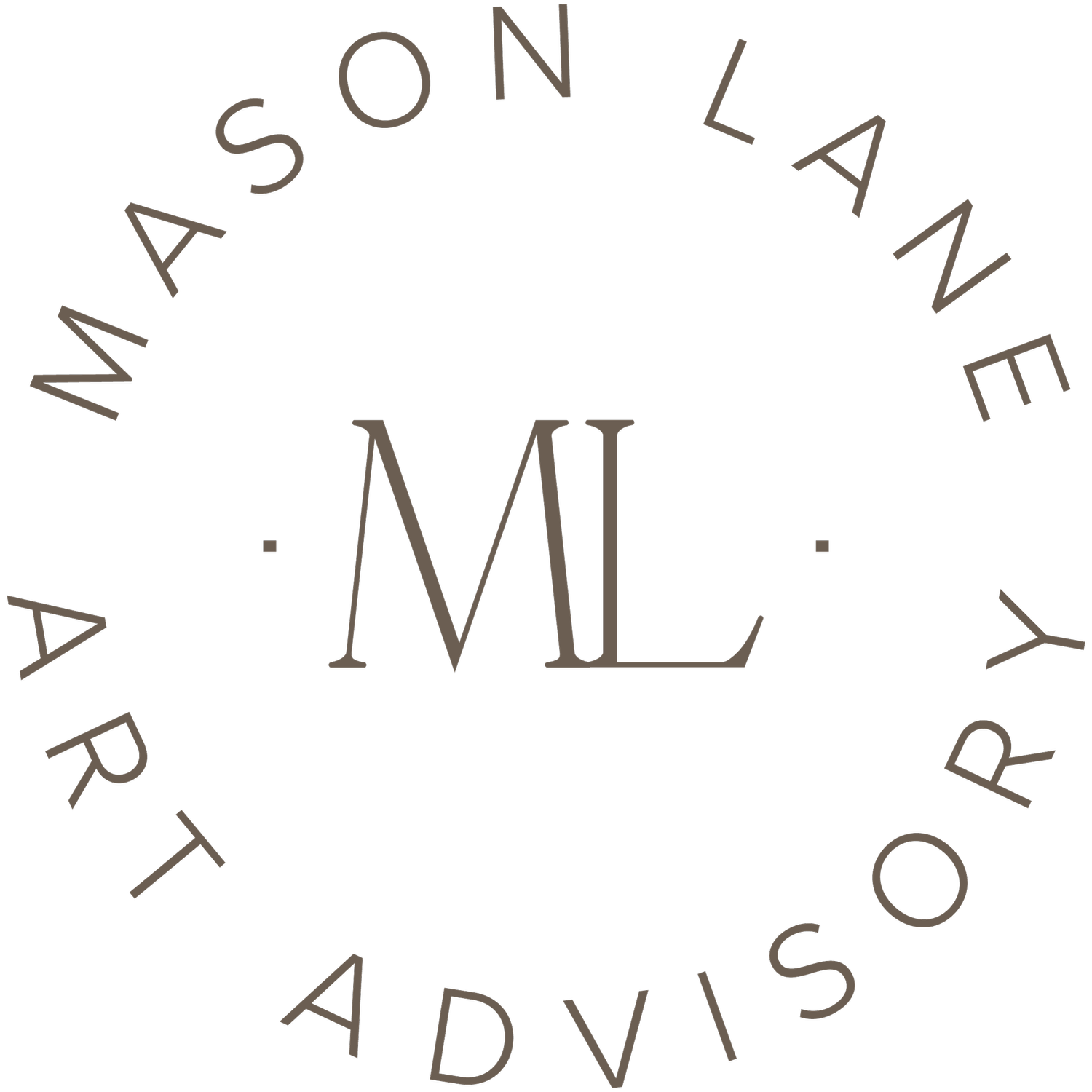Art Price Increases & Resale Details
Our recent post about artist price increases was a popular one, addressing increases that feel appropriate, along with those that do not.
These changes definitely impact what we recommend to our clients, and how we speak about price adjustments with them. Resale value is a related topic that we also discuss with our clients. These conversations are not inspired by any interests our clients have in flipping art, which we do not encourage doing. They are, however, a way for clients to gain a better understanding of how the art market works and the financial profile of an artwork they are considering acquiring.
Having this information does not disable anyone from appreciating the art itself and the artist’s story; we firmly support that more information is better. Accordingly, we’re always transparent with our clientele. Here are a few basic thoughts we share with them about the resale value of art:
1 | The resale value of art is not determined until an artwork is in fact resold.
Just like selling any kind of alternative asset, such as real estate, there are ways to predict what that resale value will be, but there is no crystal ball.
2 | Art is more likely to hold or appreciate in value when the artist’s history is considered.
If it is made by an artist with a solid exhibition history, and if the artist is represented by a reputable gallery with a proven track record of leveraging artists’ careers, this translates to a resale value that is at or above the initial sale price.
3 | Decorative art generally has minimal resale value.
4 | Appraisals are different from resale value.
There are resale replacement appraisals, which are done for insurance purposes, fair market value appraisals, which are done for tax and estate purposes, and casual auction estimates. The latter can serve as a benchmark for resale at auction, but it is heavily inspired by auction house marketing and sale psychology. (Just like when a real estate broker wants to sell your house, leading with an estimate that motivates you to sell, followed later with a push to settle for a significantly lower price).
5 | With all of this considered, art is inherently illiquid.
There are two main ways to sell this inherently illiquid asset:
Through galleries. Some reputable galleries may take a work back on consignment. Selling the work through the gallery is likely to be a longer process, yielding a price that aligns with the artists’ retail market.
Through auction. Selling through auction is often a faster process that yields a lower-than-retail price (There are exceptions).
6 | Auction records should not be used to predict artwork resale value.
Auction records only reflect public secondary art sales (with no details such as condition issues), which is a tiny subset of the overall art market. Artists who have no public secondary art sales still may have incredibly strong markets and career trajectories.

